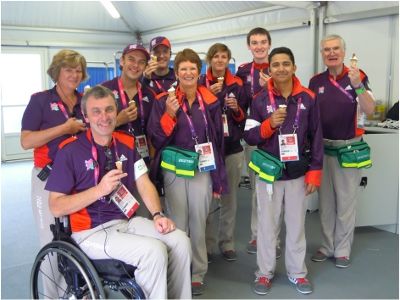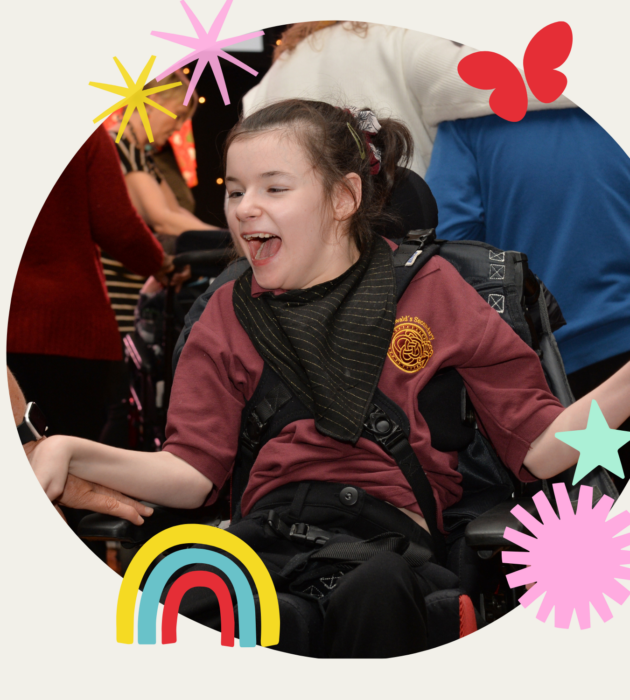Message From a Volunteer Doctor at the Paralympics 2012

I have had an amazing time working as a doctor at the Wheel-chair tennis at the Paralympics- I say ‘working’ but really it was a marvellous experience to witness, first hand, elite athlete competing in a world class arena. I had volunteered my services along with the other 40,000 Games Makers.
Wheel-chair tennis took place at Eton Manor in the Olympic Park- a fantastic venue with nine competition and four warm up courts, catering for a maximum of 10,500 spectators with a 5000 capacity at centre court. This will be scaled down post games to an Olympic Hockey Centre with some indoor and outdoor tennis courts.
The players are classified depending on the type and extent of disability and athletes have a major or total loss of function of 1 or both legs. The Quads classification includes a disability affecting 3 or more limbs and can use electric wheelchairs and may have rackets taped to their hand.
The sport is played in hi-tech 5-wheeled chairs, fine-tuned and individually designed for each player. Forget the noisy crunching of tough metal carriages for wheel-chair rugby and think elegant refined chariots which will pirouette and spin across the court- think ballet not battering-rams! Such experts are they that falling over does not happen!
The only concession permitted in wheel-chair tennis is for the ball to bounce twice- the second may be in or out of the court. However these athletes rarely resort to the second bounce- they dance across the court in anticipation before slamming the ball back with the precision of a sniper and the grace of a ballerina.
Even the champions are special- the female champion, winning both the singles and double championship, Esther Vergeer from The Netherlands, is stunningly beautiful (has even posed naked in her wheel-chair!) and has had 400 successive victories, recently claiming her 4th gold Paralympic medal.
Our British Doubles Quad champion Peter Norfolk, christened the Quad-father, was piped at the post, ending with Silver in the men Quads final with Andy Lapthorne.
Were my medical skills needed? Thankfully not by any of the athletes who are tough cookies and used the physios and sports masseurs for their aches, pains and strains!
The crowd were a different kettle of fish- heat and hydration matters mostly, we got through lots of suntan-lotion! A few faints, fits and fevers, cuts and bruises and one lady who hopefully got to hospital before the baby arrived!
For the athletes it was a wonderful event and for me it was a once-in-a-lifetime opportunity and experience! (Well, maybe volunteer for the Commonwealth Games in Glasgow, 2014?!!)
Transform a child’s life
Donate now